
Cuisine
Castilian-Manchego cuisine
Castilian-Manchego cuisine is characterized by its simplicity and use of local ingredients. Dishes like pisto manchego (a vegetable stew) and migas (a dish made with breadcrumbs and chorizo) are popular, as are meat dishes like cordero al chilindrón (lamb stewed with peppers and tomatoes). The region is also known for its cheese, particularly Manchego cheese.
Typical ingredients
Lamb, Pork, Saffron, Olive oil, Garlic, Onions, Peppers, Tomatoes, Bread, Chorizo, Manchego cheese
Presentation and garnishing
Castilian-Manchego cuisine is often presented in a rustic, simple manner, with dishes served family-style. Garnishes are typically minimal, with the focus on the quality of the ingredients.
The region is also known for its windmills, which were made famous in the novel Don Quixote.
More cuisines from this region...
Catalan cuisine, Basque cuisine, Valencian cuisine, Andalusian cuisine, Madrid cuisine, Extremaduran cuisine, Galician cuisine, Castilian-Leonese cuisine, Cantabrian cuisine, Canarian cuisine
History
Castilian-Manchego cuisine has a long history dating back to the Middle Ages. The region's location in the center of Spain made it an important hub for trade and commerce, which brought new ingredients and cooking techniques to the area. The cuisine has also been influenced by the region's Roman and Moorish past.
Cultural significance
Castilian-Manchego cuisine is an important part of the region's cultural identity. Many of the dishes have been passed down through generations and are still enjoyed today. The cuisine is also closely tied to the region's geography and climate, with ingredients and cooking techniques reflecting the area's unique characteristics.
Health benefits and considerations
Meat dishes are high in protein, but may be high in saturated fat and cholesterol. Vegetable dishes are high in fiber and vitamins.
Castilian-Manchego cuisine recipes Browse all »
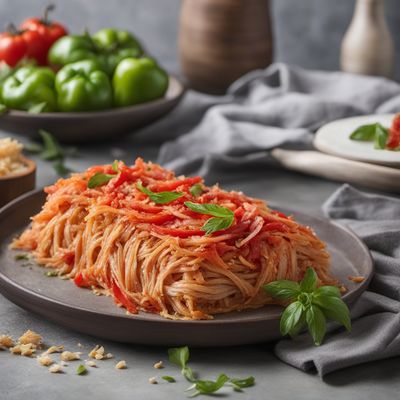
Dios Torta de Castilla
Heavenly Castilian Torta: A Taste of Divine Flavors

Castilian-Manchego Marmalade Pudding
Citrus Delight: Castilian-Manchego Marmalade Pudding
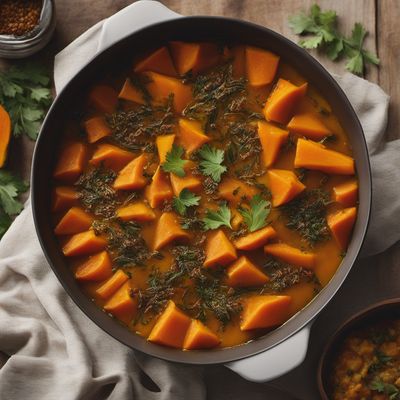
Castilian-Manchego Style Pumpkin Flower Stew
Deliciously Savory Pumpkin Flower Delight

Castilian-Manchego Style Amadombolo
Fluffy Cheese Dumplings: A Taste of Castilian-Manchego Cuisine

Castilian-Manchego Jollof Rice
Saffron-infused Jollof Rice with Spanish Flair
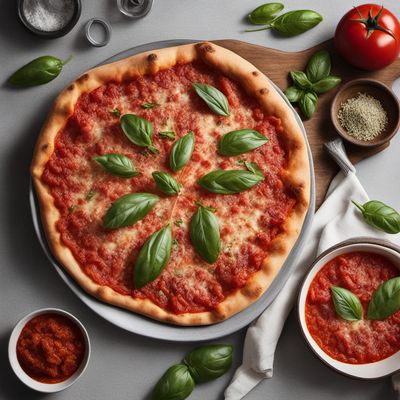
Castilian-Manchego Style Margherita Pizza
Sabor Español: A Spanish Twist on Margherita Pizza
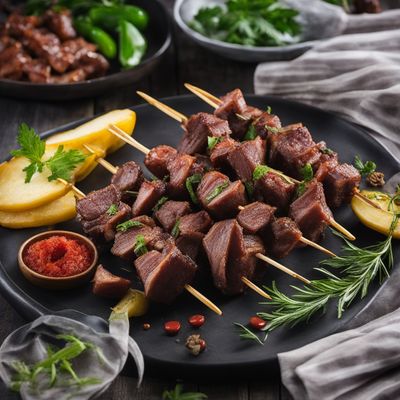
Castilian-Manchego Style Roasted Lamb Offal Skewers
Savory Delight: Castilian-Manchego Style Roasted Lamb Offal Skewers

Cachelos de Castilla-La Mancha
Savory Castilian Potato Dumplings
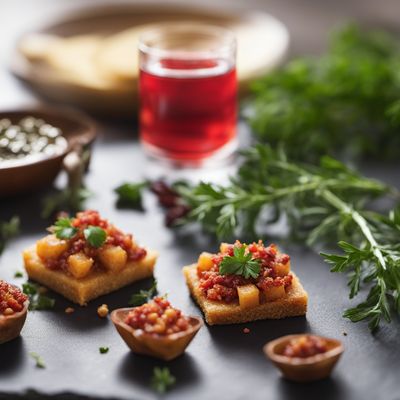
Castilian-Manchego Inspired Indian Canapés
Spicy Tapas Delight: Castilian-Manchego Inspired Indian Canapés
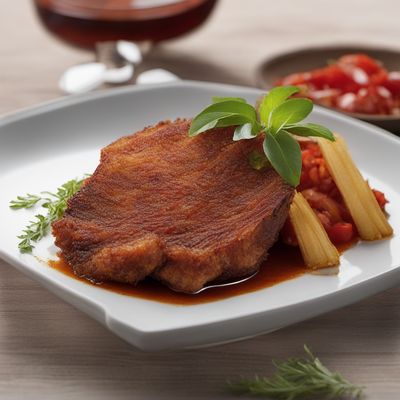
Crispy Pata a la Castilian-Manchego
Castilian-Manchego Crispy Pork Knuckle Delight

Ayam en salsa roja
Spanish-inspired Ayam en Salsa Roja: A Fiery Twist on Traditional Chicken

Castilian-Manchego Tortos
Savory Castilian-Manchego Pancakes: A Delightful Twist on a Spanish Classic